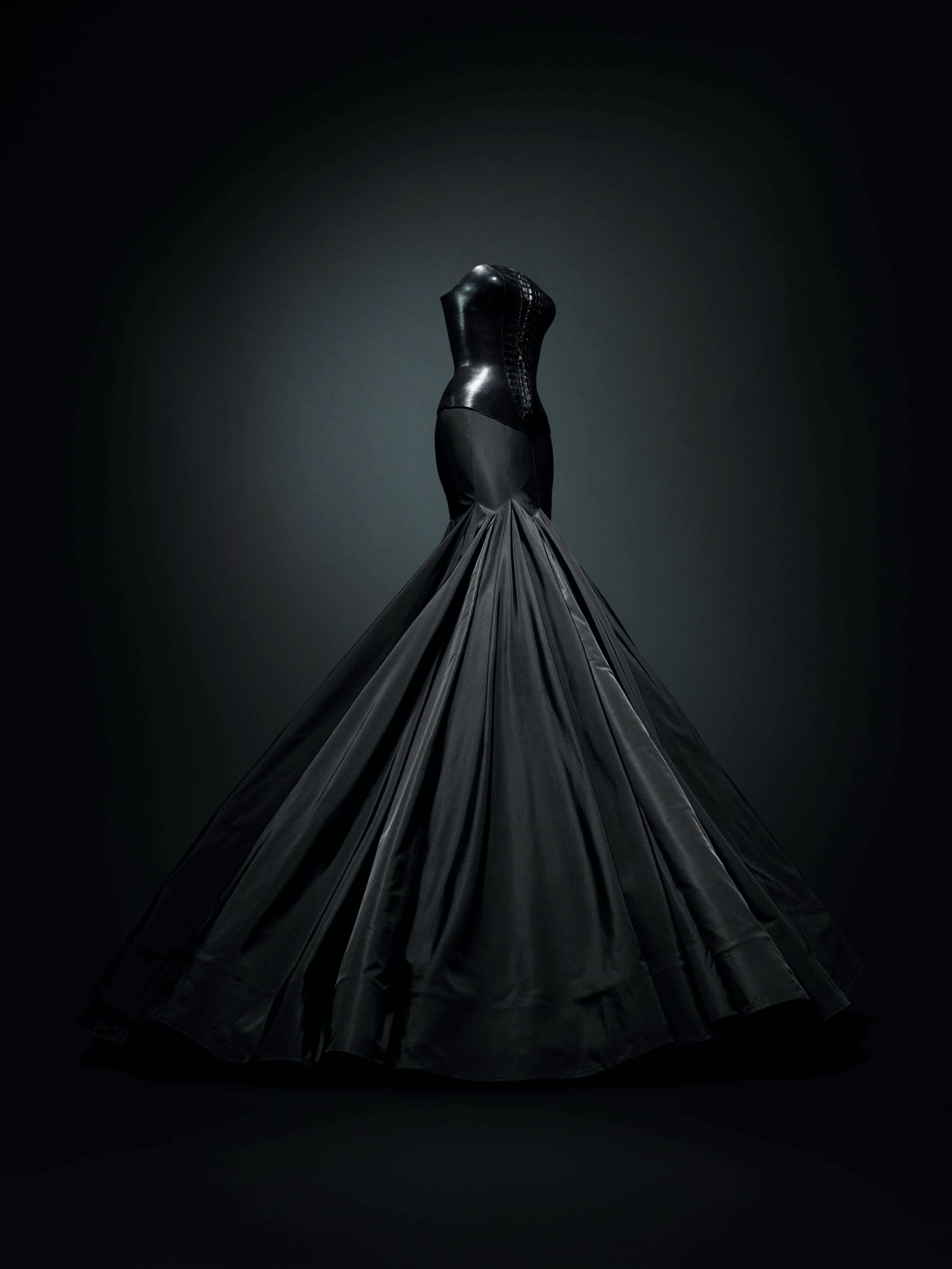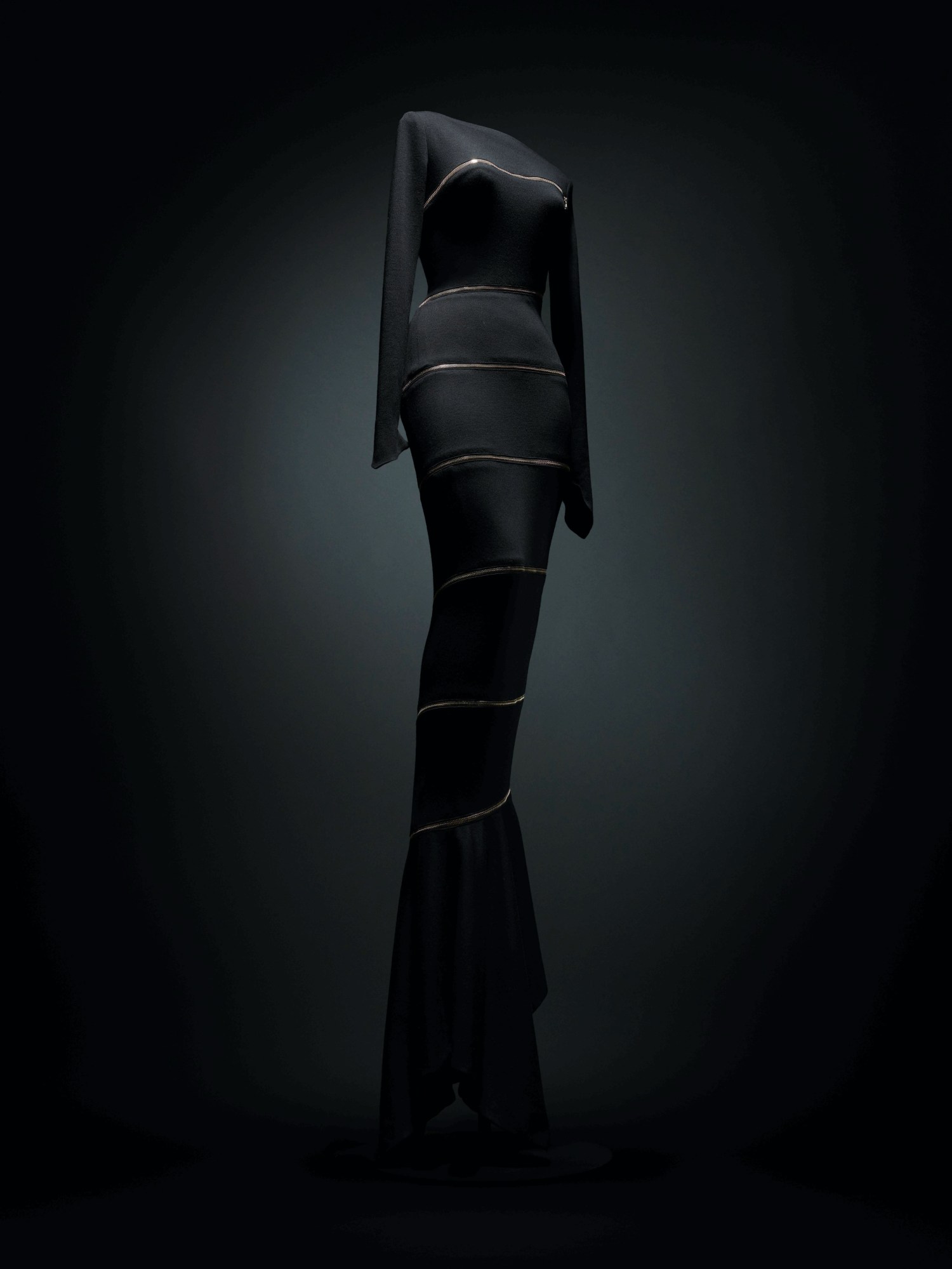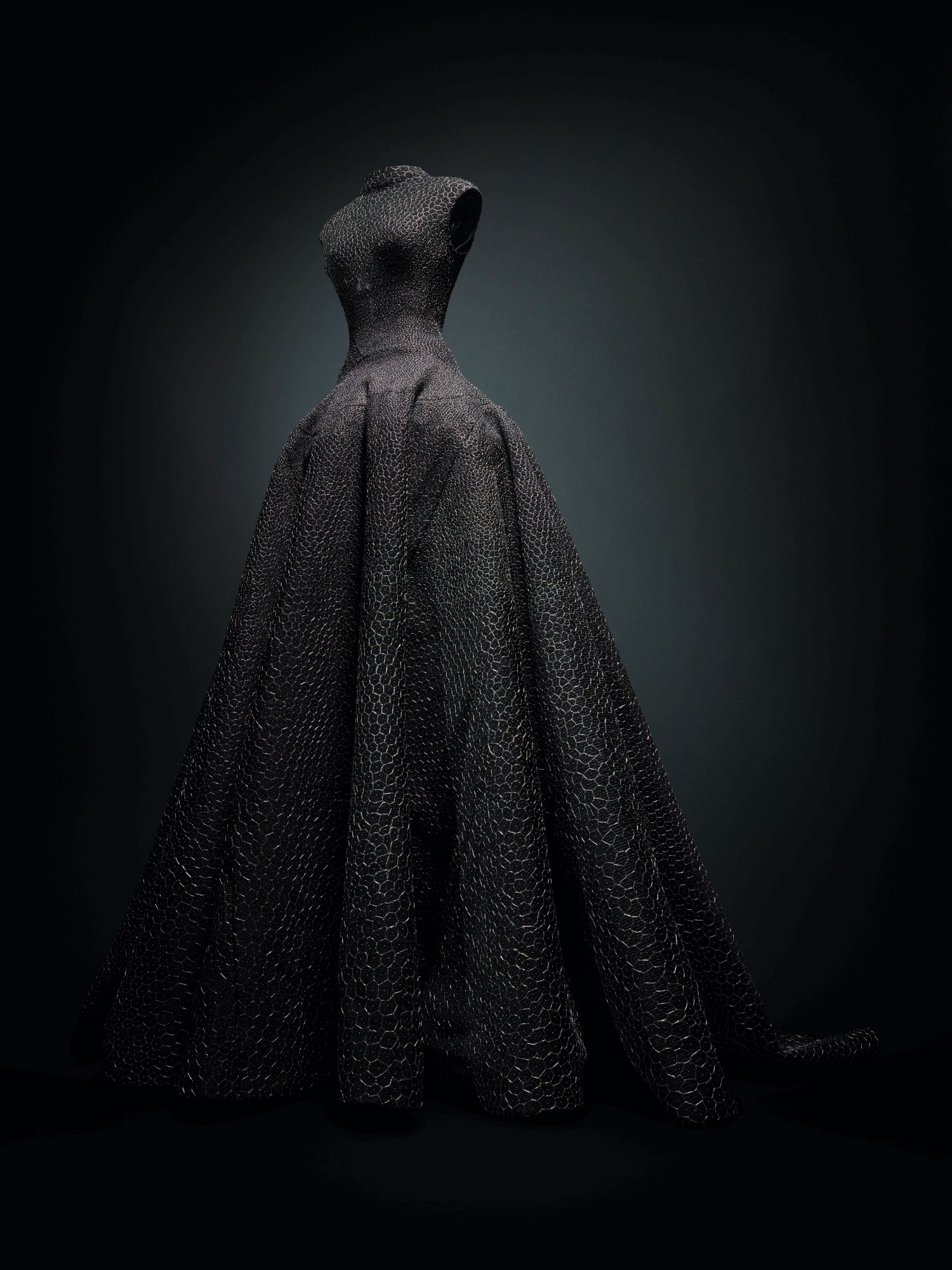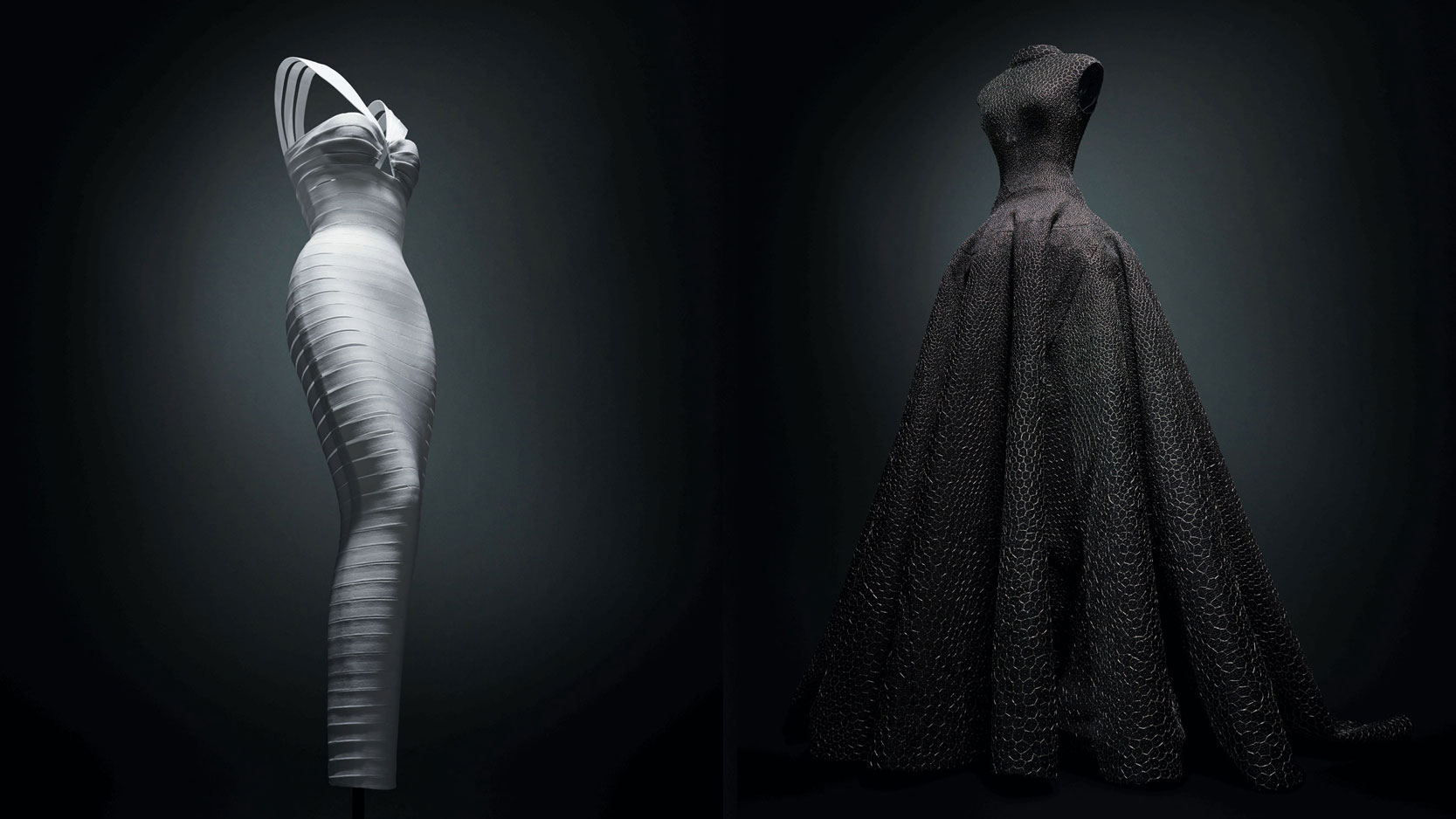When The Design Museum decided they wanted to honour Azzedine Alaïa with the first exhibition at their newly reopened Kensington space, they didn’t realise the late couturier and shoe designer was already thinking the very same thing.
While preparing to open the brand’s London flagship store, Alaïa had quietly visited the museum to check it out, and — before his death in November of last year — hoped to do something special with the space.
Together they started working on what has now become Azzedine Alaïa : The Couturier — which opens today but began life in early 2017. “The whole exhibition concept came from him,” Alice Black, the director of the museum explains. “Everything he does has a driving force — when you are working with a creative mind like his you are not going to impose anything upon it.”

The concept Alaïa alighted upon was to marry his work with the creations of industrial designers like Ronan & Erwan Bouroullec, Konstantin Grcic, Marc Newson and Kris Ruhs, and present it in dialogue with them. The basic concept is something Alaïa has worked with before. His exhibition at the Villa Borghese paired his designs with Benini’s classical marble sculptures and paintings by Caravaggio. The beauty is that Alaïa can exist anywhere between these two poles of classicism and modernity. The designs can do this because Alaïa was so timeless in his work.
“Fashion marks time so relentlessly because the fashion calendar’s pace is gruelling,” Alice says, on the attraction of working with Alaïa. “Every six months there’s a new look for a new occasion. There’s a fascination with Alaïa because he was completely the opposite of that — he’s timeless. In the world we live in today, where everything is so fast and transient, here’s a guy who achieved the opposite, something of permanence, beauty, skill, talent, craftsmanship.”

They’d been working on the exhibition for nine months, when Alaïa died unexpectedly in November 2017. Suddenly the museum found itself at a crossroads. What do you do when the creative driving force and emotional heart of the exhibition you are working on is no longer there? The first retrospective exhibition of the designer’s work in London would become, no matter what they were planning, a tribute to the talent of the master. Alice admits the exhibition almost didn’t go ahead, but they decided to continue, using what Alaïa left behind for them to work with. “The key concept, the core and the framework of the exhibition — that was all very much made by him,” Alice says. “Azzedine had selected the dresses, the industrial designers to work with. He’d been remaking all these dresses before he died.”
“We all had this strong feeling that the exhibition needed to remain true to what he wanted,” she continues. “We had a strong concept, the one he created, and it is important that it is Azzedine’s voice you can hear in the exhibition. We wanted to acknowledge that something had changed, to round off the view of his career, but by and large we kept it the same.”
With that in mind, they’ve added biographical elements to the exhibition, photographs of him, his collections, films — bringing the works he created to life. It gives a context and closure to a career that spanned everything: genres, times, places, styles. It shows the breadth of his mastery. Despite Alaïa’s passing, he’s still the life and soul of the exhibition.

